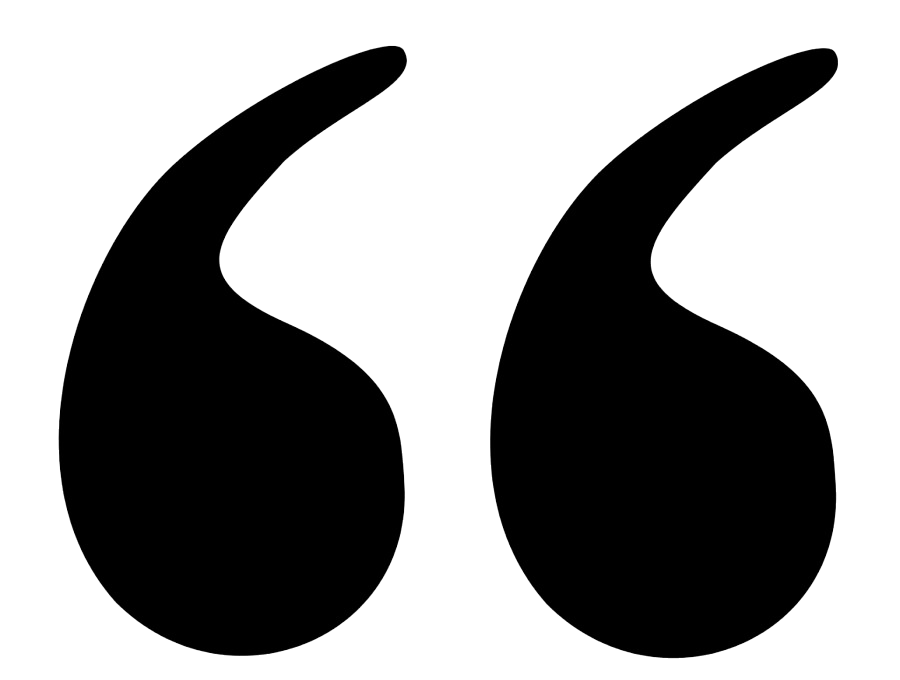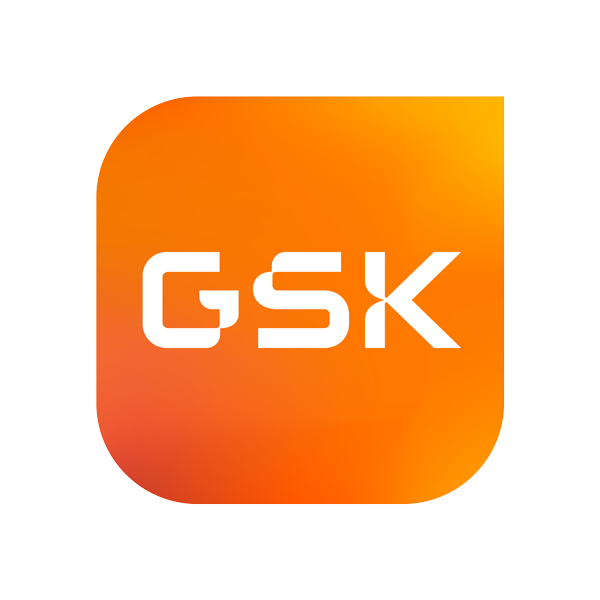Unlocking vaccine coverage full potential: How to maximize value for both employees and employers

Ajit Johal (left) and Gus Lee (right) at Benefits Canada’s 2024 Vancouver Benefits Summit.
“There was a good study done a few years ago by the Public Health Agency of Canada, where they surveyed Canadian adults,” says Johal. “And most of them—97 per cent—were not up to date on their recommended vaccines, but 88 per cent thought they were.”
Offering vaccine coverage is an important first step all employers should take, but Johal believes employers are also ideally positioned to bridge the awareness and accessibility gaps. “There’s a huge opportunity for employers, in their health and wellness plans, to go above and beyond and be proactive—and not only add coverage of vaccines, but also drive awareness and create what I like to call an ‘access pathway,’” says Johal.
Over the past few years, Immunize.io has been working with Richmond School District No. 38 (RSD38) to expand its adult vaccination program. Johal describes Augustus (Gus) Lee, RSD38’s manager of health and safety, as “very forward-thinking in terms of health and wellness.” Lee believes firmly that preventative initiatives like immunization programs are an integral part of establishing and sustaining a healthy workplace.
RSD38 started off by providing government-paid vaccines, such as the ones for measles, mumps and rubella (MMR) and tetanus. Then, in early 2020, Lee took a close look at staff absences and realized vaccine-preventable shingles was taking a significant toll. At the time, seven RSD38 employees were recovering from it; two had been away from work for five months, two more had been away for two months and the three others had returned to work sooner but continued to experience acute symptoms like skin sensitivity, tingling, itching, rashes and blisters.
“Looking at their quality of life, recovery time [and] sick time made me think, ‘Something can be done about this,’” says Lee. “So I decided to add the shingles vaccination into RSD38’s Health & Wellness Program.”

A workplace vaccination program’s success hinges on three factors: financial coverage by the employer’s group benefits plan, strategic initiatives to raise awareness and a turnkey solution to facilitate convenient access for employees.”
The plan added 50 per cent coverage of shingles shots for 50-plus plan members later in 2020—and then immunocompromised 18-plus plan members in 2021. The 50-plus demographic was significant within RSD38, representing about two-thirds of staff.
Budgeting for this investment in wellness became easier the following year, when the B.C. government announced it would start paying for everyone older than six months to get flu shots. Flu shots had previously been covered by RSD38’s benefits program, and Lee was able to shift some of those funds over to pay for shingles vaccine coverage.
Partnering for a turnkey solution
Lee recognized the burden of shingles for teachers, says Johal. And because of this, we started by providing awareness, and providing school district staff with a convenient way of accessing the vaccine, he adds. “Cost wasn’t the biggest barrier. It was recommendation and access.
The recommendation came from the employer, bolstered by educational sessions led by Johal that explained the importance of vaccination against shingles. An online booking portal facilitated access, making it easy to schedule immunization. Clinics took place on professional development days, with monthly makeup clinics offered after school hours. Staff also had the option of visiting an Immunize.io clinic at a pharmacy that kept the vaccine in stock and was prepared to answer plan member questions.
Because the shingles vaccination requires two doses, RSD38 structured billing for the shots to encourage employees to come back for the second one. Eligible RSD38 staff paid for the first vaccine themselves, while the school district health and wellness program covered the entire cost of the second shot.
“People love it if you give them something that’s free. There’s this massive disappointment or sense of failure if you don’t take advantage of it. In our first year of offering that, we had almost 100 per cent completion rates,” Johal says.
From Johal’s perspective, a workplace vaccination program’s success hinges on three factors: financial coverage by the employer’s group benefits plan, strategic initiatives to raise awareness and a turnkey solution to facilitate convenient access for employees. RSD38 has all three.
Positive reaction from staff
In the end, RSD38 employees were very receptive to the shingles vaccination program that Johal, Lee and their teams established.
The staff response was incredibly positive, says Lee. They appreciated how the district went the extra mile to support their health, he adds. The initiative strengthened a positive perception that the employee’s health and well-being is valued and supported within a culture of caring.
Thanks to the district’s overall immunization program, Lee has seen sick time reduced for vaccine-preventable illnesses. Just as important, he’s noticed staff are taking more initiative to manage their health. He says they’re looking forward to the next clinic and asking more questions about vaccination.
“A wellness program is an excellent investment in employee health, attendance support, disability management and a positive culture change,” Lee emphasizes. “This investment provides residual benefits to both the employee and employer for years to come.”
ROI is in the uptake
Johal sees the shingles vaccination as a fork in the road. Down one road is protection from the resurgence of the chickenpox virus—lurking within almost everyone 50-plus and waiting for an opportunity, as immune systems weaken with age. Down the other road is a much higher chance of a debilitating case of shingles with the potential for lifelong neuropathic pain.
That divergence, or “binary outcome,” takes much more effort to get from other interventions, such as exercise, healthy eating and smoking cessation. Two quick shots in the arm are simpler than taking a medication to keep blood pressure in check every day over a period of several decades.
Employers can maximize the return on investment (ROI) from vaccine coverage by maximizing utilization, Johal says. “If you get a high uptake rate, it’s actually ROI-positive because you avoid absenteeism and presenteeism loss from vaccine-preventable diseases.”
“An immunized person becomes healthier than their former self two weeks after they’ve been immunized, Johal adds. “In no other intervention do we get that quick a benefit.”



